Elevation
Type of resources
Available actions
Topics
Keywords
Contact for the resource
Provided by
Years
Formats
Representation types
Update frequencies
status
Scale
-
CoastalDEM90® is a 3 arcsecond (~90 meter) horizontal resolution digital elevation model based on SRTM 3.0, a near-global dataset derived from satellite radar during a NASA mission in 2000. SRTM is known to contain significant error caused by factors such as topology, vegetation, buildings, and random noise. We have used machine learning techniques to estimate SRTM elevation error in coastal areas between (and including) 120m in nominal SRTM elevation. Each pixel in a CoastalDEM raster within the relevant elevation and spatial domains represents the corrected elevation at that point - the result of subtracting estimated error from SRTM 3.0. Pixels outside these domains are set to their original SRTM value. The Coastal DEM dataset was supplied to Worldpop under license for non-commercial use. It was modified to replace the value -32767 with those values from a SRTM-based elevation model that WorldPop have (https://hub.worldpop.org/geodata/listing?id=58) Bias (m) RMSE (m) LE90 (m) LE95 (m) USA (Original SRTM) 3.67 5.36 9.12 11.23 USA (Corrected) < 0.11 2.39 3.90 4.99 Australia (Original) 2.49 4.15 6.76 8.98 Australia (Corrected) - 0.11 2.46 3.94 5.16
-
CoastalDEM90® is a 3 arcsecond (~90 meter) horizontal resolution digital elevation model based on SRTM 3.0, a near-global dataset derived from satellite radar during a NASA mission in 2000. SRTM is known to contain significant error caused by factors such as topology, vegetation, buildings, and random noise. We have used machine learning techniques to estimate SRTM elevation error in coastal areas between (and including) 120m in nominal SRTM elevation. Each pixel in a CoastalDEM raster within the relevant elevation and spatial domains represents the corrected elevation at that point - the result of subtracting estimated error from SRTM 3.0. Pixels outside these domains are set to their original SRTM value. The Coastal DEM dataset was supplied to Worldpop under license for non-commercial use. It was modified to replace the value -32767 with those values from a SRTM-based elevation model that WorldPop have (https://hub.worldpop.org/geodata/listing?id=58) Bias (m) RMSE (m) LE90 (m) LE95 (m) USA (Original SRTM) 3.67 5.36 9.12 11.23 USA (Corrected) < 0.11 2.39 3.90 4.99 Australia (Original) 2.49 4.15 6.76 8.98 Australia (Corrected) - 0.11 2.46 3.94 5.16
-
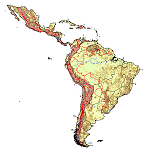
Derived from the Global Agro-Ecological Zones Study, Food and Agriculture Organization of the United Nations (FAO), Land and Water Development Division (AGL) with the collaboration of the International Institute for Applied Systems Analysis (IIASA), 2000. Two sources of geo-referenced terrain slopes were available for use in the Global AEZ assessment: (i) terrain slopes indicated in the mapping unit expansion tables of the respective soil maps, and (ii) terrain slopes derived from GTOPO30 data (EROS Data Center, 1998). The latter terrain-slope database was established at IIASA using a rule-based algorithm to calculate slope distributions in terms of seven slope classes per 5 minute grid-cell of the DSMW soil data based on neighborhood relationships among grid-cells in the 30 arc-second GTOPO30 database. Slopes derived from the 30 arc-second DEM were allocated to soil units occurring within individual soil associations. This involved five steps: (i) Determination of slope classes for each 30 arc-second grid-cell of GTOPO30. Results are grouped in the following seven classes: 0-2%, 2-5%, 5-8%, 8-16%, 16-30%, 30-45% and > 45%; (ii) Aggregation of the results respectively to 5 minute latitude/longitude DSMW grid-cells, and to individual soil association map units resulting in a slope class distribution for each grid-cell and map unit; (iii) Defining priority classes of soil unit/slope relationships; (iv) Establishing for each soil association consistent rankings of slopes/soil units; (v) Allocation of individual soil units within a particular soil association map unit to 5 min grid-cells of the DSMW, according to calculated slope distributions.
-
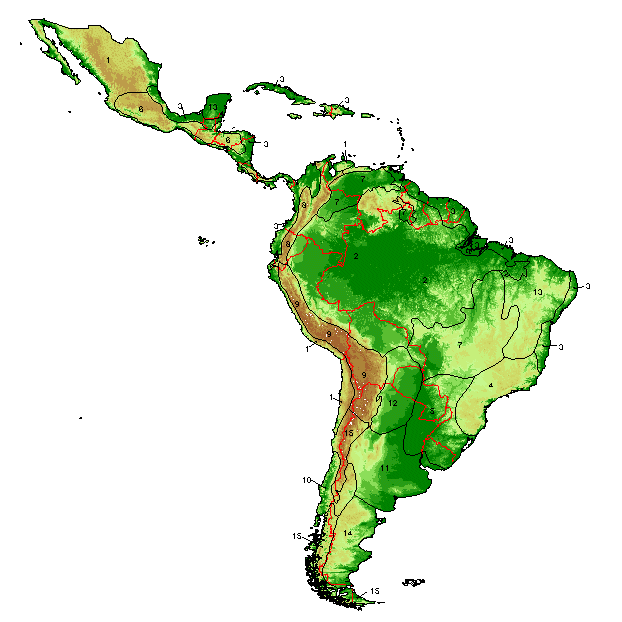
Elevation data from USGS GTOPO30 Digital Dataset. GTOPO30 is a global digital elevation model (DEM) with a horizontal grid spacing of 30 arc seconds (approximately 1 kilometer). GTOPO30 was derived from several raster and vector sources of topographic information. Detailed information on the characteristics of GTOPO30 including the data distribution format, the data sources, production methods, accuracy, and hints for users, is found in the GTOPO30 README file. GTOPO30, completed in late 1996, was developed over a three year period through a collaborative effort led by staff at the U.S. Geological Survey's EROS Data Center (EDC). Data-set has been exported as Binary format.
-
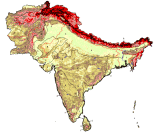
As part of the the World Bank's review of its rural development strategy, the Bank sought the assistance of the Food and Agriculture Organization of the United Nations (FAO) in evaluating how farming systems might change and adapt over the next thirty years. Amongst other objectives, the World Bank asked FAO to provide guidance on priorities for investment in food security, poverty reduction, and economic growth, and in particular to identify promising approaches and technologies that will contribute to these goals. The results of the study are summarized in a set of seven documents, comprising six regional reports and the global overview contained in this volume. This document, which synthesises the results of the six regional analyses as well as discussing global trends, cross-cutting issues and possible implementation modalities, presents an overview of the complete study. This document is supplemented by two case study reports of development issues of importance to farming systems globally.
-

As part of the the World Bank's review of its rural development strategy, the Bank sought the assistance of the Food and Agriculture Organization of the United Nations (FAO) in evaluating how farming systems might change and adapt over the next thirty years. Amongst other objectives, the World Bank asked FAO to provide guidance on priorities for investment in food security, poverty reduction, and economic growth, and in particular to identify promising approaches and technologies that will contribute to these goals. The results of the study are summarized in a set of seven documents, comprising six regional reports and the global overview contained in this volume. This document, which synthesises the results of the six regional analyses as well as discussing global trends, cross-cutting issues and possible implementation modalities, presents an overview of the complete study. This document is supplemented by two case study reports of development issues of importance to farming systems globally.
-
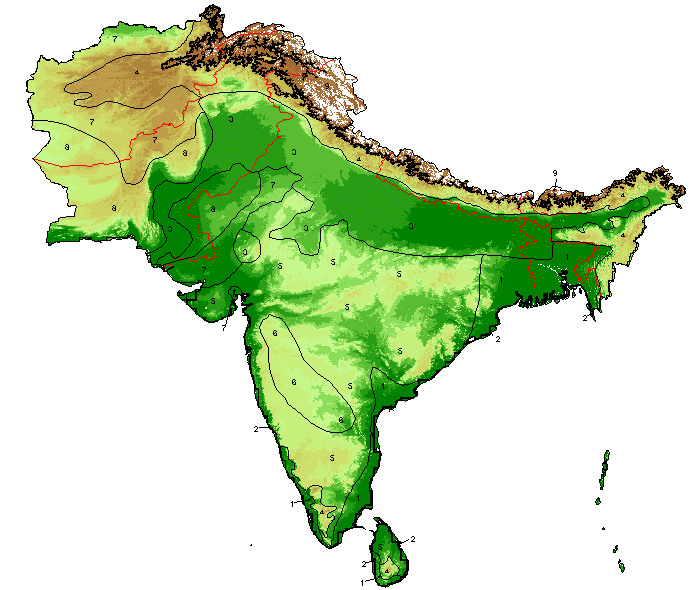
As part of the the World Bank's review of its rural development strategy, the Bank sought the assistance of the Food and Agriculture Organization of the United Nations (FAO) in evaluating how farming systems might change and adapt over the next thirty years. Amongst other objectives, the World Bank asked FAO to provide guidance on priorities for investment in food security, poverty reduction, and economic growth, and in particular to identify promising approaches and technologies that will contribute to these goals. The results of the study are summarized in a set of seven documents, comprising six regional reports and the global overview contained in this volume. This document, which synthesises the results of the six regional analyses as well as discussing global trends, cross-cutting issues and possible implementation modalities, presents an overview of the complete study. This document is supplemented by two case study reports of development issues of importance to farming systems globally.
-
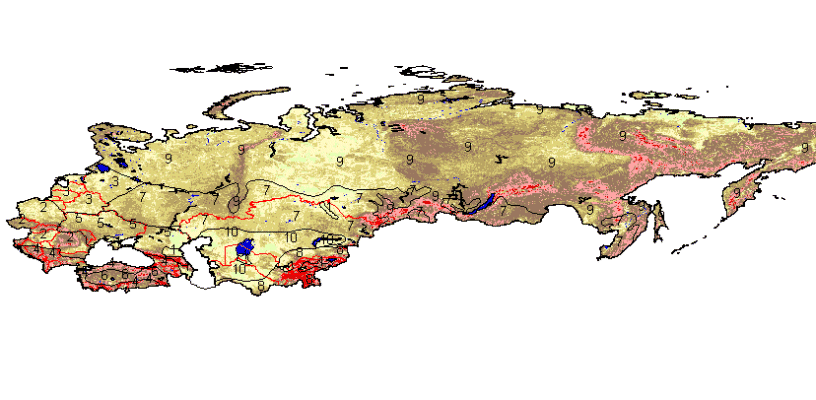
As part of the the World Bank's review of its rural development strategy, the Bank sought the assistance of the Food and Agriculture Organization of the United Nations (FAO) in evaluating how farming systems might change and adapt over the next thirty years. Amongst other objectives, the World Bank asked FAO to provide guidance on priorities for investment in food security, poverty reduction, and economic growth, and in particular to identify promising approaches and technologies that will contribute to these goals. The results of the study are summarized in a set of seven documents, comprising six regional reports and the global overview contained in this volume. This document, which synthesises the results of the six regional analyses as well as discussing global trends, cross-cutting issues and possible implementation modalities, presents an overview of the complete study. This document is supplemented by two case study reports of development issues of importance to farming systems globally.
-
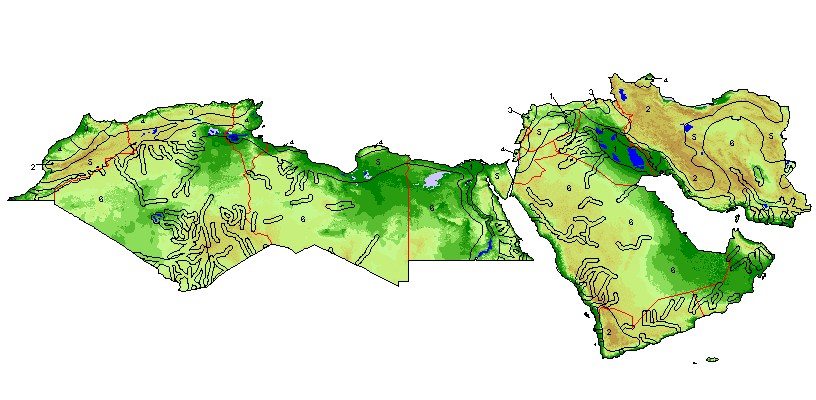
As part of the the World Bank's review of its rural development strategy, the Bank sought the assistance of the Food and Agriculture Organization of the United Nations (FAO) in evaluating how farming systems might change and adapt over the next thirty years. Amongst other objectives, the World Bank asked FAO to provide guidance on priorities for investment in food security, poverty reduction, and economic growth, and in particular to identify promising approaches and technologies that will contribute to these goals. The results of the study are summarized in a set of seven documents, comprising six regional reports and the global overview contained in this volume. This document, which synthesises the results of the six regional analyses as well as discussing global trends, cross-cutting issues and possible implementation modalities, presents an overview of the complete study. This document is supplemented by two case study reports of development issues of importance to farming systems globally.
-

As part of the the World Bank's review of its rural development strategy, the Bank sought the assistance of the Food and Agriculture Organization of the United Nations (FAO) in evaluating how farming systems might change and adapt over the next thirty years. Amongst other objectives, the World Bank asked FAO to provide guidance on priorities for investment in food security, poverty reduction, and economic growth, and in particular to identify promising approaches and technologies that will contribute to these goals. The results of the study are summarized in a set of seven documents, comprising six regional reports and the global overview contained in this volume. This document, which synthesises the results of the six regional analyses as well as discussing global trends, cross-cutting issues and possible implementation modalities, presents an overview of the complete study. This document is supplemented by two case study reports of development issues of importance to farming systems globally.
 FAO Map Catalog
FAO Map Catalog